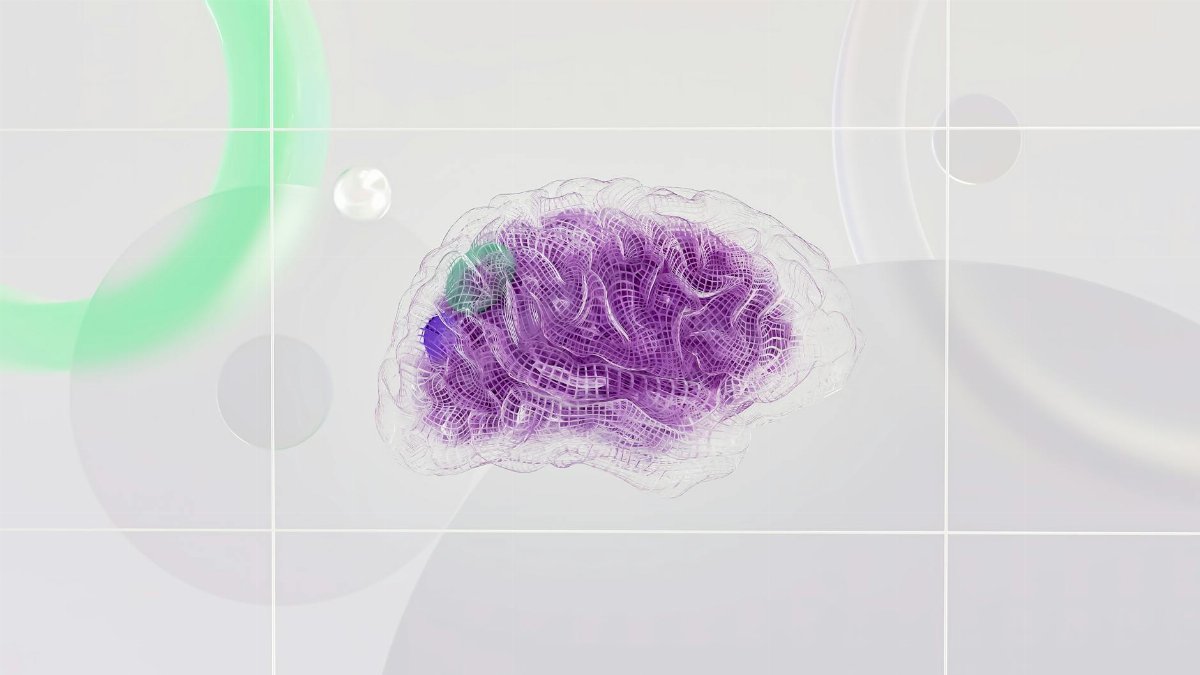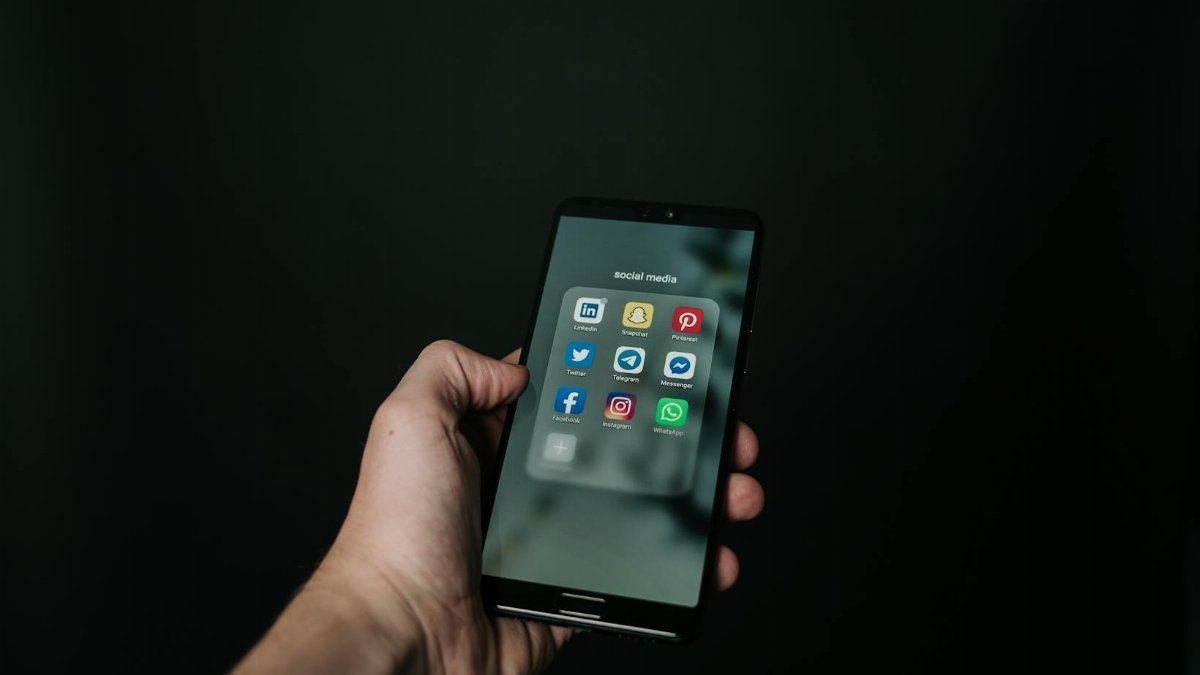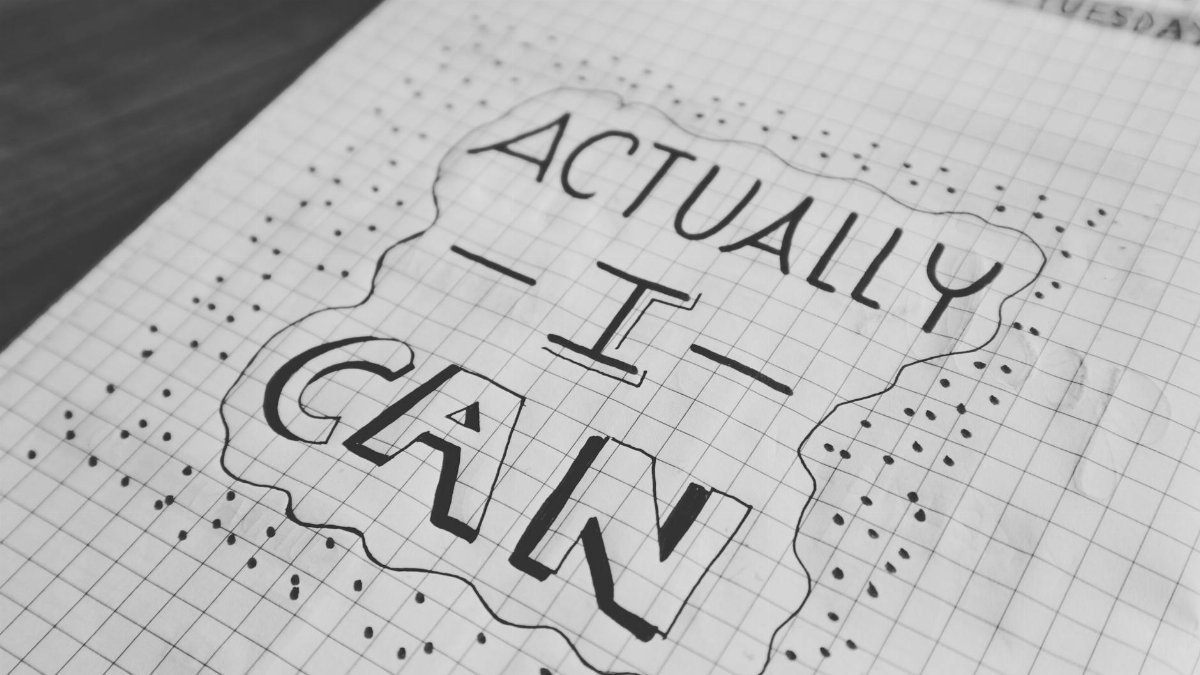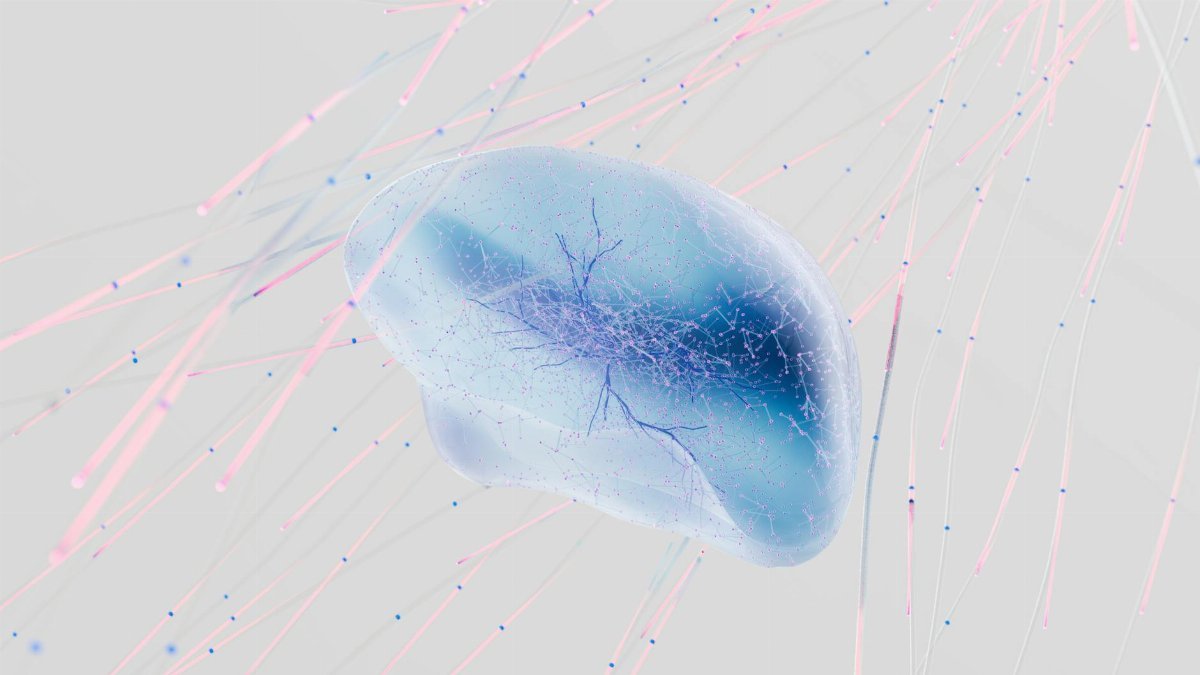Is dopamine fasting the mental reset everyone claims it to be? This trendy practice, often hailed as a way to “detox” from overstimulation, has sparked heated debate in 2025. Promising to curb addiction to social media, gaming, and other dopamine-driven habits, dopamine fasting myths have clouded the conversation. Many believe it’s a cure-all for modern burnout, but neuroscience suggests otherwise. Let’s cut through the hype and separate fact from fiction with the latest research and expert insights.
What Is Dopamine Fasting, Really?

Dopamine fasting, at its core, involves taking a break from activities that trigger dopamine release—like scrolling TikTok, binge-watching Netflix, or even eating sugary snacks. The idea is to “reset” your brain’s reward system by abstaining from instant gratification. Popularized by Silicon Valley types, it’s often marketed as a way to boost focus and emotional balance. But the science behind this concept isn’t as clear-cut as influencers claim, and misunderstandings fuel many dopamine fasting myths.
Myth 1: Dopamine Fasting “Detoxes” Your Brain

One of the biggest dopamine fasting myths is that it cleanses your brain of excess dopamine, like a juice cleanse for your neurons. Neuroscience disagrees. Dopamine isn’t a toxin to flush out—it’s a critical neurotransmitter for motivation and learning. Studies from institutions like Stanford University show that dopamine levels don’t “build up” in a way that requires detoxing. Check out more on brain chemistry from Stanford Medicine News. Reducing stimulation might help with overstimulation, but there’s no evidence of a chemical purge.
Myth 2: It Cures Social Media Addiction Overnight

Another misconception is that a 24-hour dopamine fast can break your phone addiction. While stepping away from screens can reduce compulsive behavior, addiction is complex. Research from the National Institute on Drug Abuse indicates that behavioral addictions involve deep neural pathways that don’t reset in a day or two. Learn more at NIDA’s Addiction Science page. Dopamine fasting might be a start, but it’s not a quick fix for ingrained habits.
Myth 3: Everyone Needs a Dopamine Fast

Not everyone is drowning in overstimulation. The idea that we all need to “unplug” assumes a universal problem, but brain responses vary widely. For some, constant notifications are stressful; for others, they’re manageable. A 2025 survey by Pew Research found that only 38% of U.S. adults feel overwhelmed by digital stimuli. Dopamine fasting might benefit specific individuals, like those with self-reported screen dependency, but it’s not a one-size-fits-all solution.
Myth 4: It’s Backed by Hard Science

Proponents often claim dopamine fasting is grounded in neuroscience, yet solid evidence is thin. Most studies on related topics, like mindfulness or digital detoxes, don’t specifically address dopamine fasting protocols. Experts caution that much of the hype stems from anecdotal reports rather than controlled trials. While reducing overstimulation can lower stress, there’s no peer-reviewed consensus that fasting from dopamine triggers fundamentally rewires your brain in the way advocates describe.
Myth 5: It’s a New Concept

Despite its modern branding, the idea behind dopamine fasting isn’t novel. Monks and ascetics have practiced sensory deprivation for centuries to enhance focus and spirituality. What’s new is the tech-centric spin—framing it as a counter to 21st-century distractions. Critics argue that repackaging old practices with trendy neuroscience buzzwords misleads people into thinking it’s a groundbreaking discovery rather than a recycled self-discipline tactic.
What Dopamine Fasting Can Actually Do

While dopamine fasting myths abound, the practice isn’t entirely useless. Taking intentional breaks from high-stimulation activities can reduce mental fatigue and encourage mindfulness. Some users report feeling more present after a short fast, though these effects are often temporary. The key is managing expectations—think of it as a tool for self-reflection, not a brain overhaul. Setting realistic goals, like limiting screen time for a weekend, can yield small but noticeable benefits without buying into the hype.
How to Approach It Without Falling for Hype

If you’re curious about dopamine fasting, start small. Cut back on one overstimulating habit—like endless scrolling—for a set period, and note how you feel. Avoid extreme versions that ban all pleasure, as they can backfire and increase stress. Focus on balance, not deprivation. Consult mental health professionals if you’re tackling deeper issues like addiction. Above all, don’t expect miracles. Neuroscience tells us lasting change comes from consistent habits, not quick resets.
Disclaimer
The content on this post is for informational purposes only. It is not intended as a substitute for professional health or financial advice. Always seek the guidance of a qualified professional with any questions you may have regarding your health or finances. All information is provided by FulfilledHumans.com (a brand of EgoEase LLC) and is not guaranteed to be complete, accurate, or reliable.
